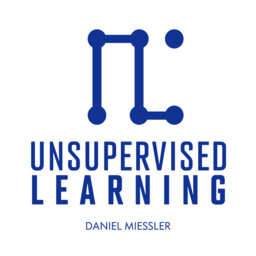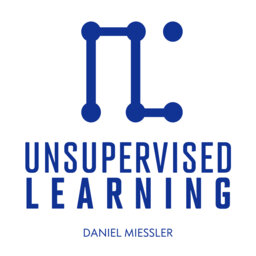Using the Smartest AI to Rate Other AI
In this episode, I walk through a Fabric Pattern that assesses how well a given model does on a task relative to humans. This system uses your smartest AI model to evaluate the performance of other AIs—by scoring them across a range of tasks and comparing them to human intelligence levels.
I talk about:
1. Using One AI to Evaluate Another
The core idea is simple: use your most capable model (like Claude 3 Opus or GPT-4) to judge the outputs of another model (like GPT-3.5 or Haiku) against a task and input. This gives you a way to benchmark quality without manual review.
2. A Human-Centric Grading System
Models are scored on a human scale—from “uneducated” and “high school” up to “PhD” and “world-class human.” Stronger models consistently rate higher, while weaker ones rank lower—just as expected.
3. Custom Prompts That Push for Deeper Evaluation
The rating prompt includes instructions to emulate a 16,000+ dimensional scoring system, using expert-level heuristics and attention to nuance. The system also asks the evaluator to describe what would have been required to score higher, making this a meta-feedback loop for improving future performance.
Note: This episode was recorded a few months ago, so the AI models mentioned may not be the latest—but the framework and methodology still work perfectly with current models.
Subscribe to the newsletter at:
https://danielmiessler.com/subscribe
Join the UL community at:
https://danielmiessler.com/upgrade
Follow on X:
https://x.com/danielmiessler
Follow on LinkedIn:
https://www.linkedin.com/in/danielmiessler
See you in the next one!
 Unsupervised Learning
Unsupervised Learning


